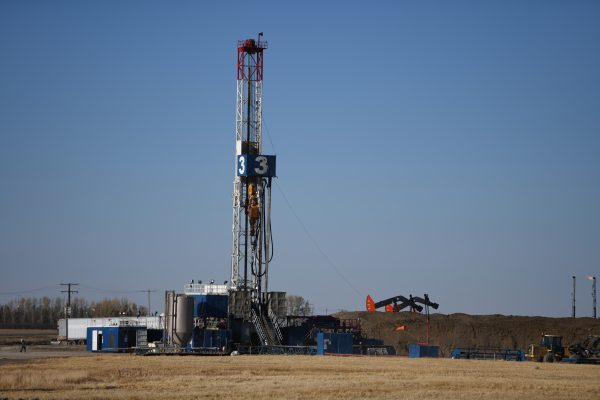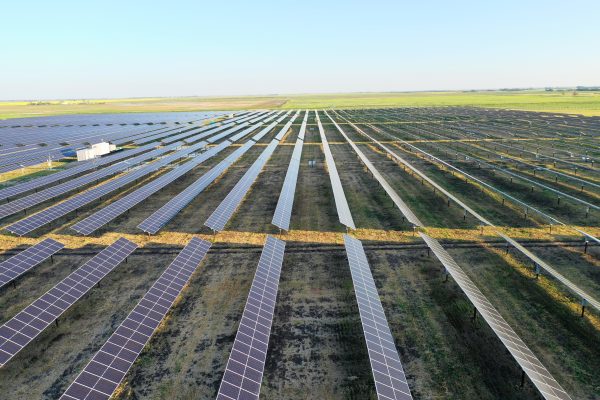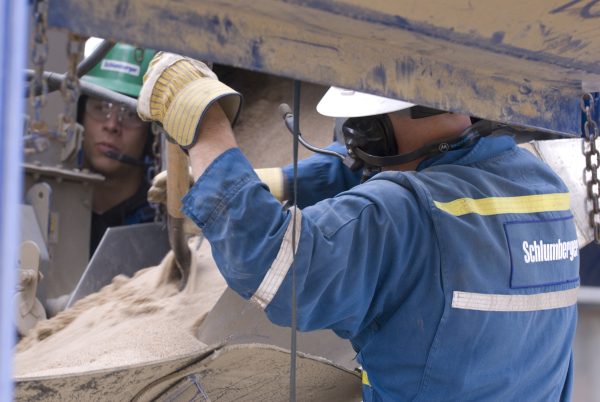
There’s no fluff questions in this year-end interview with Premier Scott Moe. Part one focuses on energy security, the war in Ukraine, wind, solar and coal power.
There are four parts to this interview, to be published this week. Watch for them.

There’s no fluff questions in this year-end interview with Premier Scott Moe. Part one focuses on energy security, the war in Ukraine, wind, solar and coal power.
There are four parts to this interview, to be published this week. Watch for them.
Because we’re all going to drive electric cars, starting real soon. Didn’t you know?
Wonder where they’re going to get all the power from? Wind?
Alberta’s seen its power grid struggle in recent days as cold weather has meant substantially less wind production while demand has spiked.
Well, Saskatchewan is also seeing demand climb, and wind power drop. No grid alerts here, at least yet.

The Alberta Electric System Operator issued a grid alert for the second time in one day, third time in 24 hours, and fifth time in three weeks. And at 5:27, demand hit another all-time peak.
For the second time in 2 days, 4th time in December, Alberta Electric System Operator declares a “grid alert” as the power system can’t keep up with demand. It’s too cold for the wind turbines. -31C at Lethbridge, -35 C at Pincher Creek

SaskPower delays its reporting of power output by two days. But it turns out that on Tuesday, Dec. 13, wind power production in Saskatchewan all but collapsed. Again. You’d think in winter, having reliable power might be a thing? But we are intent on building more, a lot more, wind and solar.
Some people think the oilpatch is blessed with all sorts of federal subsidies. Here’s Pipeline Online’s brief to the House of Commons Natural Resources Committee on the topic, which the committee is working on right now.
Pipeline Online column on Alberta’s two electrical grid alerts this past week. And it’s not even really cold there yet.
As evidenced twice this past week, the electrical grid can barely handle the demand we have, now, before we switch most of our transportation system to electric vehicles. What happens when half our cars and trucks are EVs? Then three-quarters? What happens when the wind doesn’t blow then? No one goes to work?
When will the other media take notice? When will they start to question this mad rush to wind and solar, and total adoption of electric vehicles? When will someone else in the Saskatchewan media declare “The emperor has no clothes?”

Alberta issues second grid alert in three days, as wind power generation collapses utterly, yet again, at suppertime.

Pretty much anything with a rechargeable battery in it these days, from a cellphone to an electric vehicle, uses lithium (except for the lead-acid battery in your conventional car or truck). As the lightest metal, there’s no beating the periodic table.
It turns out, Saskatchewan has lithium beneath its southern soil. And now five companies are in a race to explore it, develop it, commercialize it bring it to market.
Pipeline Online just launched an in-depth series on what’s happening in Saskatchewan, a series over a year in the making. You can read Part 1, the introduction, and Part 2, recently released Saskatchewan incentives.
It’s the birth of an entirely new industry for this province, one that, if it pans out, could be worth many billions. And it’s all being done with oilfield companies and workers, as seen above.

On Tuesday going into Wednesday, Wind power production in Alberta dropped to 0.1 per cent of nameplate capacity. And it stayed at 2% or less for about 24 hours. Well, now we know Saskatchewan saw a substantial drop as well.
Again and again and again, Alberta’s wind power totally collapses to effectively zero. It got really low at supper on Tuesday, dropping to around 15 megawatts, which is pretty much nothing since their nameplate capacity has grown, again, now to 3,076 megawatts.
But by 12:30 a.m., it dropped to just 3 megawatts. That’s out of hundreds of turbines costing many billions of dollars.
Oh, and you have to look at how much the $100 million or so worth of batteries have contributed in the last month. Take a guess.
But hey, Microsoft just signed on to buy a whole schwack of wind power. Does your Azure server rely on Alberta wind?

Here’s a deep dive interview with the minister behind the Saskatchewan First Act.
“So let’s take let’s take the power thing first of all,” Eyre said, noting the proposed Clean Electricity Standard, if adopted in its current form, would mean no fossil fueled power generation in this province by 2035.
According to SaskPower’s Where Your Power Comes From website, on any given day, coal and natural gas combined provide 65 to 84 per cent of the power in Saskatchewan. On Nov. 6, it was 77 per cent.
Eyre said, “That’s a federal policy which we hope will never see the light of day, but which is moving along. We will freeze in the dark. And we know that. Saskatoon (is) powered by the Queen Elizabeth, a natural gas-powered power station. The entire City of Saskatoon (would be) in huge trouble.”

They’re going to double wind and solar capacity. But on Oct. 3, all our wind produced just 7% of its capacity.

Small oil producers, known as junior producers, were a big driver of the last oil boom. Right now there’s a substantial number of juniors getting in the drilling game again. This probably close to, if not actually, the highest number of juniors with a rig in the field in years.

Estevan is getting not one, but two solar facilities.
ESTEVAN – SaskPower held a two day open-house regarding at proposed 100 megawatt solar facility on Oct-26-27 at the Estevan Legion Hall.
In actuality, it’s not just a single project of 100 megawatts, but two projects – a 100 megawatt solar facility and a secondary, up to 10 megawatt pilot project.
The 100 megawatt facility is to be built on seven quarters of land approximately 10 kilometres southwest of the Boundary Dam Power Station. While SaskPower has large swaths of reclaimed mine land in the area, this block of farmland was chosen because it was undisturbed. Building on disturbed land would mean the foundations would be more costly.
It’s seven quarters of land in total, 1,120 acres or 453 hectares. The land has been optioned, but has not yet been purchased. It falls within the southwest corner of the RM of Estevan, Township 1, Range 9, west of the second meridian.
And, of course
As for Estevan, when asked “What do you do when the sun goes down?” the SaskPower official said, “You don’t generate any solar power.”

The European Parliament is wrong to endorse ‘fossil fuel non-proliferation treaty’, writes Deborah Jaremko of the Canadian Energy Centre. In this column carried by Pipeline Online, Jaremko writes about these facts:

The world’s largest oilfield services company has changed its name to SLB, part of the get woke, go broke movement.

A huge reason behind Saskatchewan’s growth as a ‘have’ province was the advent of horizontal oil wells with multi-stage fracking, which had a substantial impact on oil production. And Crescent Point ended up with most of the fracked oil plays in Saskatchewan – the Bakken, Torquay and Shaunavon. But in what can only be considered a stunning move, Crescent Point announced on Wednesday that it’s trying to drill wells in the Bakken but not frac them.

If Saskatchewan can’t get out of a carbon tax, it looks like it’s going to try to reduce that overall carbon tax burden. The throne speech indicates that carbon offset credits from zero till farming will be available to lower other industries’ carbon tax burden.